Daunte Wright was stopped by Brooklyn Center police at approximately 1:53 p.m. on Sunday, April 11. Officer Anthony Luckey approached the driver’s side of the vehicle, and another officer who has not been identified yet approached the passenger side. Kimberly Potter, who was on the scene as a field training officer, stood back initially.
The police informed Wright that there was a warrant for his arrest. Wright exited the vehicle and Luckey attempted to handcuff him. At this point, Potter approached them and appeared to pull a piece of paper from behind Wright's back as Luckey was handcuffing him. Potter grabbed what appears to be a proof-of-insurance card with her left hand and transferred it to her right hand.
Wright pulled away from the officer attempting to handcuff him and got back into the vehicle, where a struggle ensued. Potter quickly moved the proof-of-insurance card from her right hand to her left.
According to the Brooklyn Center Police Department Policy Manual, Taser devices should be carried on the “reaction side,” or non-dominant side, of an officer's belt. This position is diametrically opposite of where the officer’s gun is holstered, on their strong side.
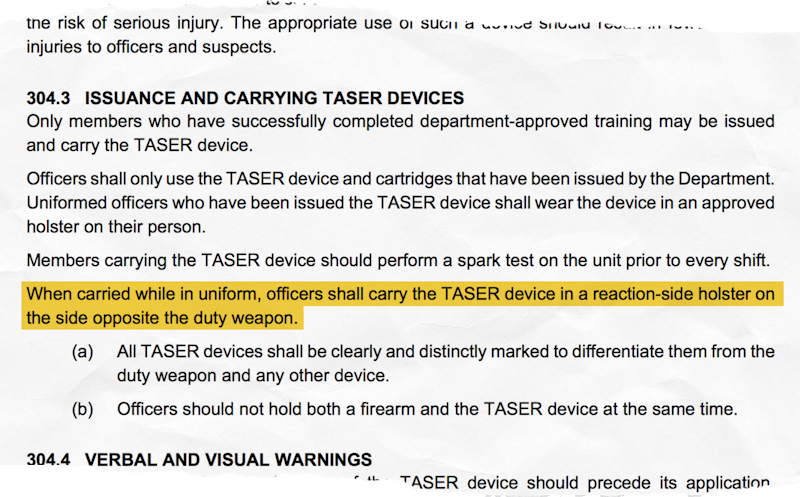
According to the criminal complaint, Potter's handgun was holstered on the right side of her belt and her Taser was holstered on the left side. Her taser was set in a “straight-draw” position, meaning it would have to be removed from the holster with her left hand.
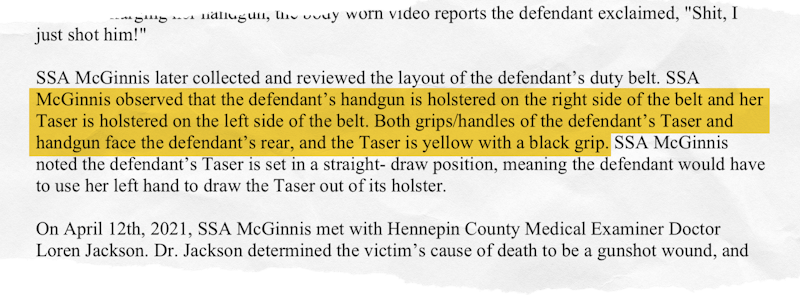
Potter pulls her gun from the holster, using her right hand. The gun is all black. In the video, you can see the contrast of her gun with Luckey's Taser, which is yellow and holstered on his left side.
The policy manual states that all Taser devices will be “clearly and distinctly marked” to avoid confusion with guns or any other weapons carried by officers.
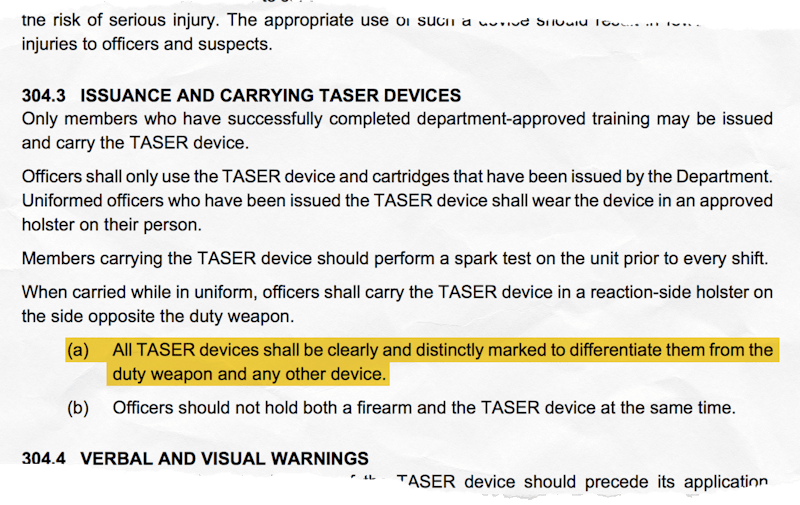
According to the criminal complaint, Potter’s Taser was yellow with a black grip.
“Taser! Taser! Taser!” Potter shouted, before firing a single gunshot.
Verbal warnings are recommended before firing a Taser in order to give civilians another chance to comply before force is used, according to the policy manual.
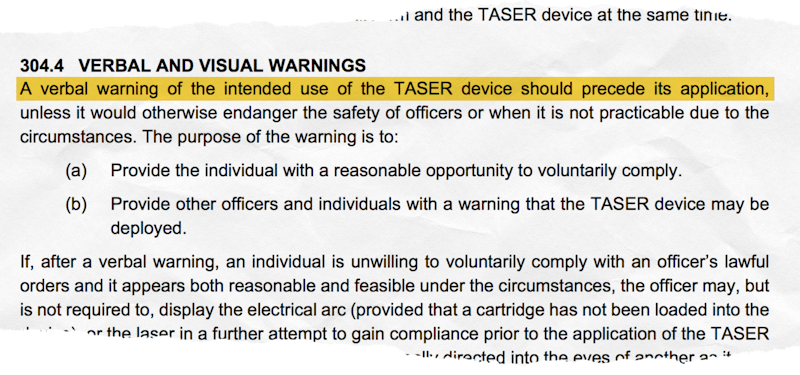
However, the manual also states that a Taser should not be used when individuals may cause “collateral injury,” such as while operating a vehicle.
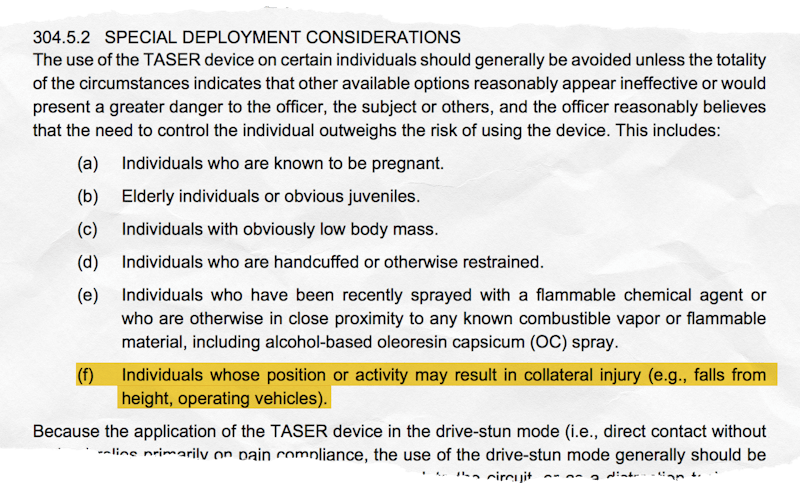
“Holy shit,” Potter said as Wright drove off. “I just shot him.”
The proof-of-insurance card is still in her left hand.
Tasers vs. handguns
Tasers are designed to both look and feel differently than guns.
While the exact model of gun and Taser carried by Potter is not publicly available, the BCPD policy manual says officers carry one of three models of Glock 9mm semiautomatic pistols – the G17, G19, or G26.

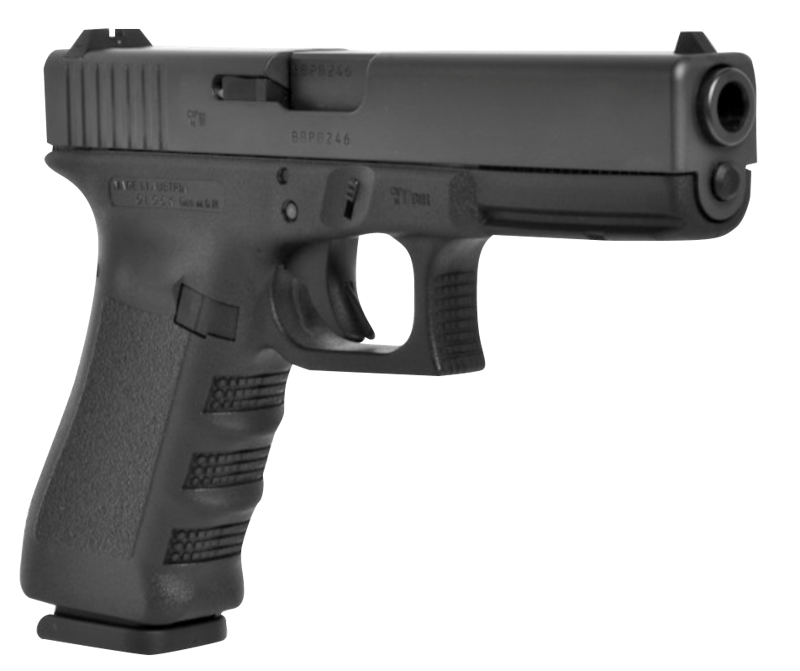
The Glock 17. Photo courtesy of GLOCK.
The BCPD manual does not specify which model of Taser officers should carry. A common model used by law enforcement is the X26P, which is one of two models carried by the Minneapolis Police Department. It is sold in both yellow (shown below) and black.
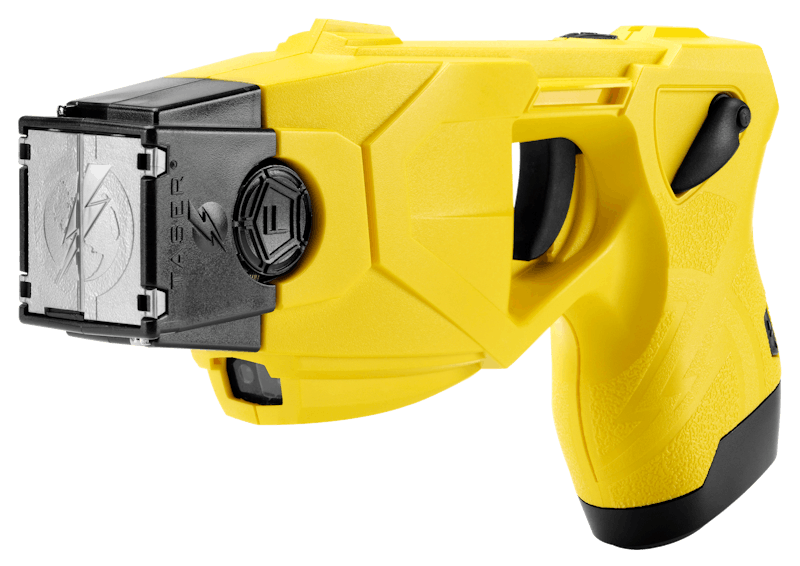
The TASER X-26P. Photo courtesy of Axon.
Tasers can be easily distinguished from handguns, according to a statement Monday by the manufacturer of Tasers, Axon Enterprise. Tasers have different grips than pistols, as well as an LED screen that lights up when the safety is turned off.
“Axon also specifically warns of the possibility of weapon confusion and provides training recommendations to mitigate against it,” the statement read. “Based on recommendations by use of force experts, Axon recommends that a TASER energy weapon be placed on an officer's non-dominant side, and firearm on the dominant side.”
Tasers are typically lighter than the handguns used by police officers. With a loaded magazine, the Glock pistols used by BCPD range in weight from roughly 25 ounces to about 32 ounces, or two pounds. The Taser X26P, loaded with a battery and cartridge, weighs about 12 ounces. The other model of Taser used by Minneapolis police, the X2, weighs one pound when loaded with a battery and two cartridges.
Officers are required to receive Taser training before carrying the weapon in the field, though it's unclear the format or how many hours of training they undergo.

Officers who are authorized to carry Tasers are also required to have proficiency training each year.
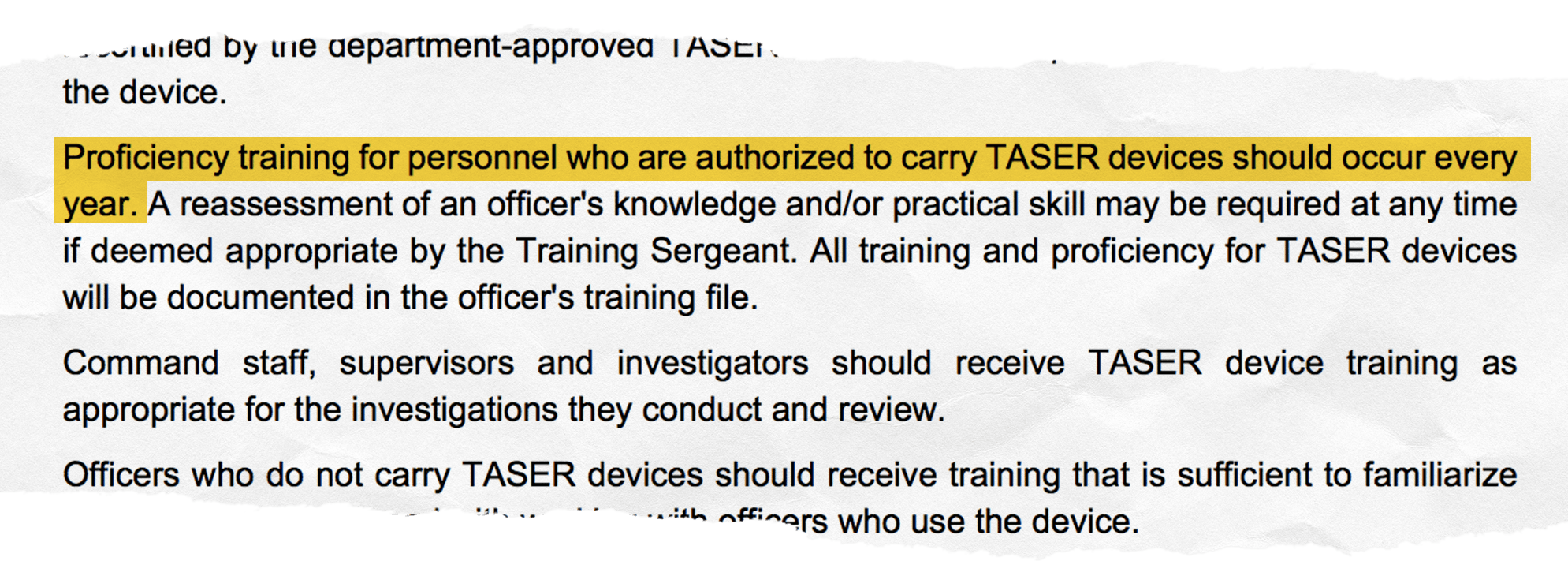
Potter's case is at least the 16th in the U.S. in which a police officer shot someone when they intended to use a Taser, and only the fourth time that someone died as a result. Nine of those cases did not lead to criminal charges, and a judge ordered charges dropped in a tenth.
Credits
Editing Matt DeLong, Liz Navratil, Josh Penrod, Ginny Greene
Reporting Anna Boone, Matt McKinney, Matt DeLong, Liz Navratil, Stephen Montemayor and Andy Mannix
Design Anna Boone, Josh Penrod
Development Anna Boone, Jamie Hutt
